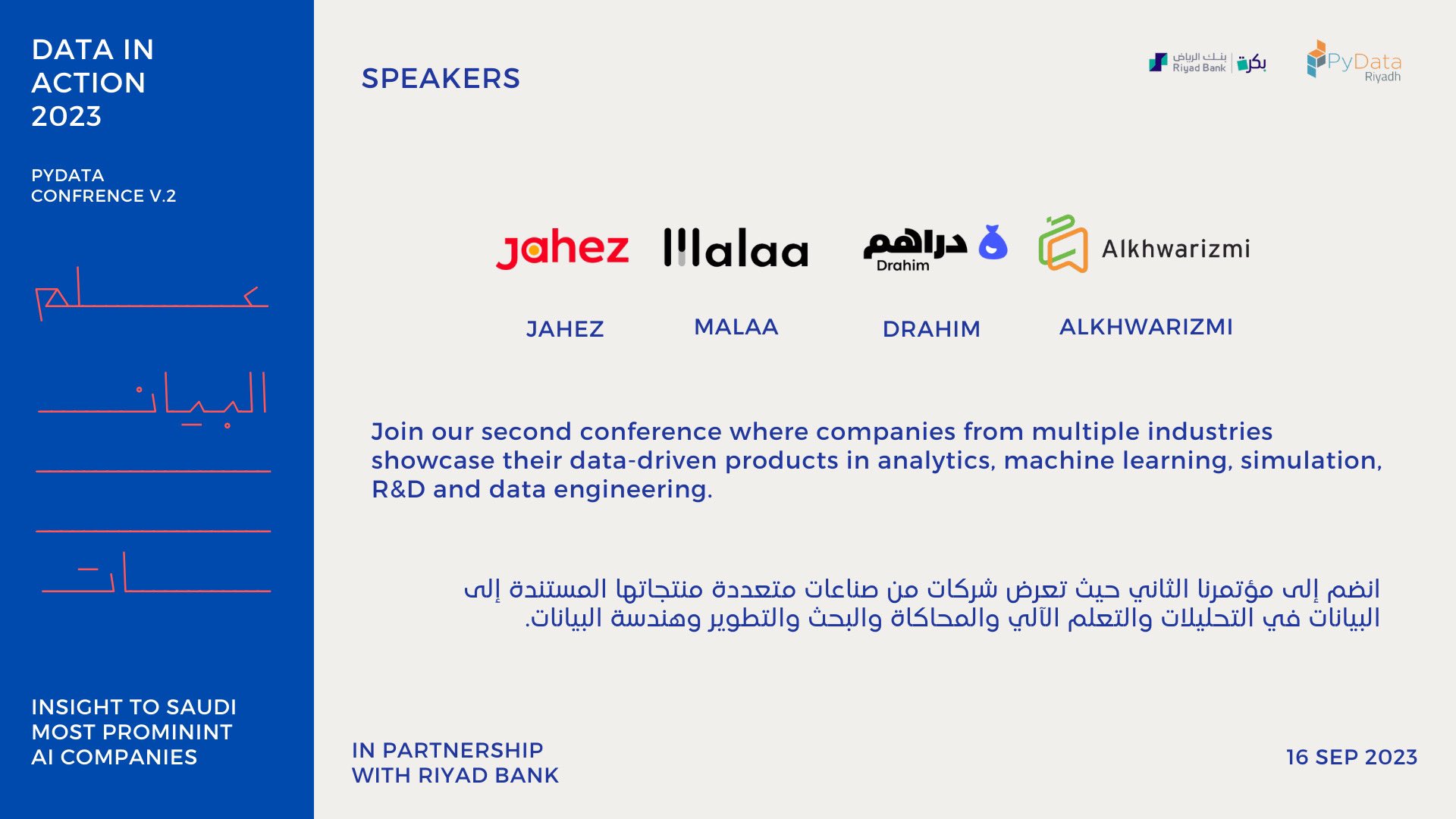Machine learning in production isn’t just about training models—it’s about building robust systems that can handle the entire lifecycle from experimentation to deployment and monitoring. At PyData Riyadh 2023, my colleague Sultan Baghlaf and I shared our experience building a comprehensive ML lifecycle system at Malaa Technologies.
Why ML Lifecycle Systems Matter
Most ML projects fail not because of poor algorithms, but because of operational challenges: data drift, model degradation, deployment complexity, and lack of monitoring. A proper ML lifecycle system addresses these challenges by providing:
- Reproducible experiments with version control for data, code, and models
- Automated pipelines for training, validation, and deployment
- Continuous monitoring to detect performance degradation
- Easy rollbacks when models fail in production
Our Approach at Malaa
We built our system around three core principles:
- Simplicity First: Complex systems are hard to debug and maintain
- Automation Where It Matters: Manual steps in critical paths lead to errors
- Observable by Default: You can’t improve what you can’t measure
The system we built handles everything from data ingestion to model serving, with built-in monitoring and alerting. It reduced our model deployment time from weeks to hours and significantly improved our model reliability in production.
Key Takeaways
- Start with your production requirements, then work backwards
- Invest in good data versioning early—it pays dividends later
- Monitor data quality as rigorously as model performance
- Plan for failure modes from day one
Event Details
Host: PyData Riyadh
Event: Data In Action 2023 - PyData Conference v.2
Presentation Details
Title: Building an ML Lifecycle System
Presenters:
- Sultan Baghlaf, Founder Data Scientist
- Mazen Alotaibi, Senior Machine Learning Engineer
Resources: View Slides
